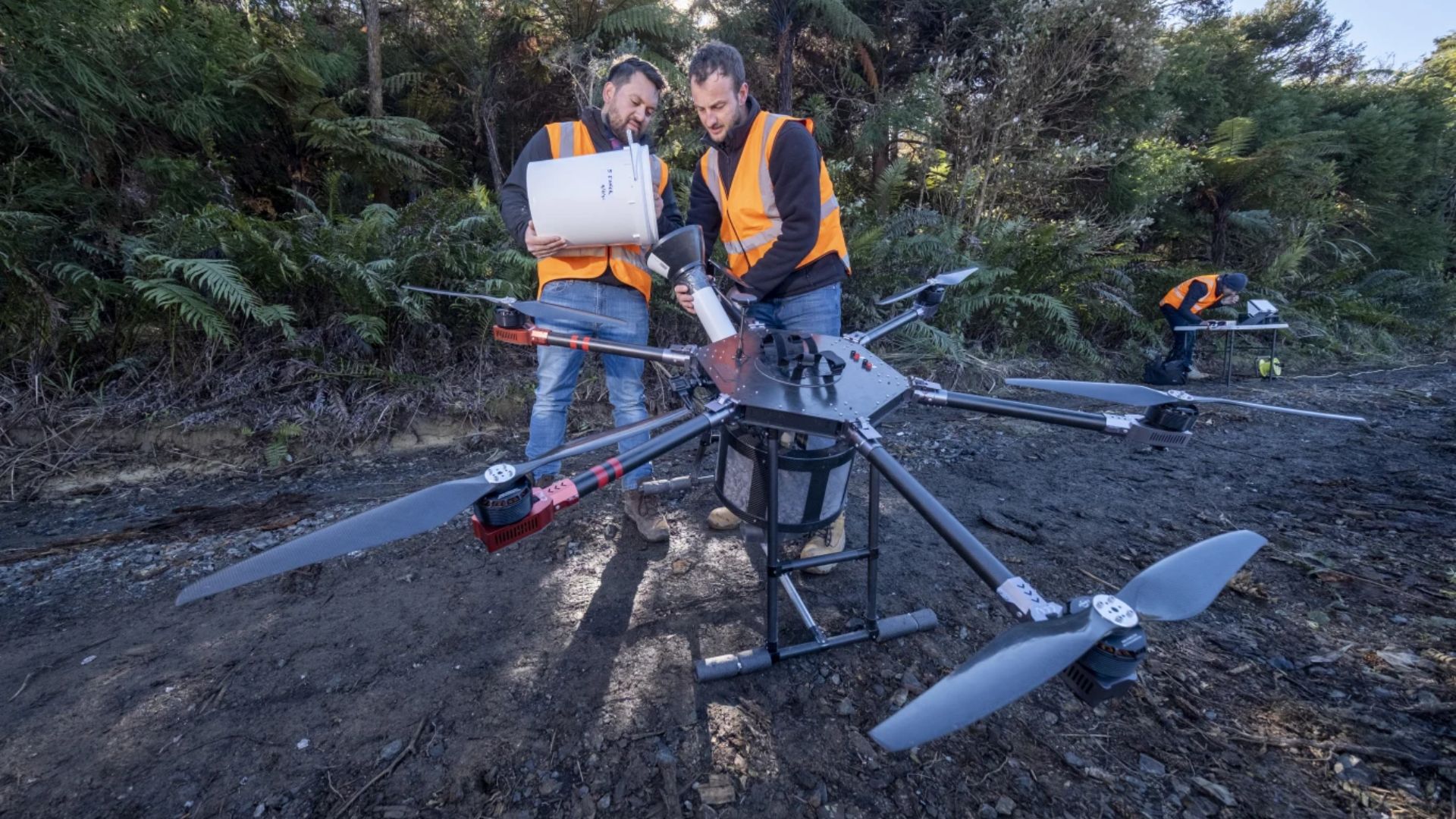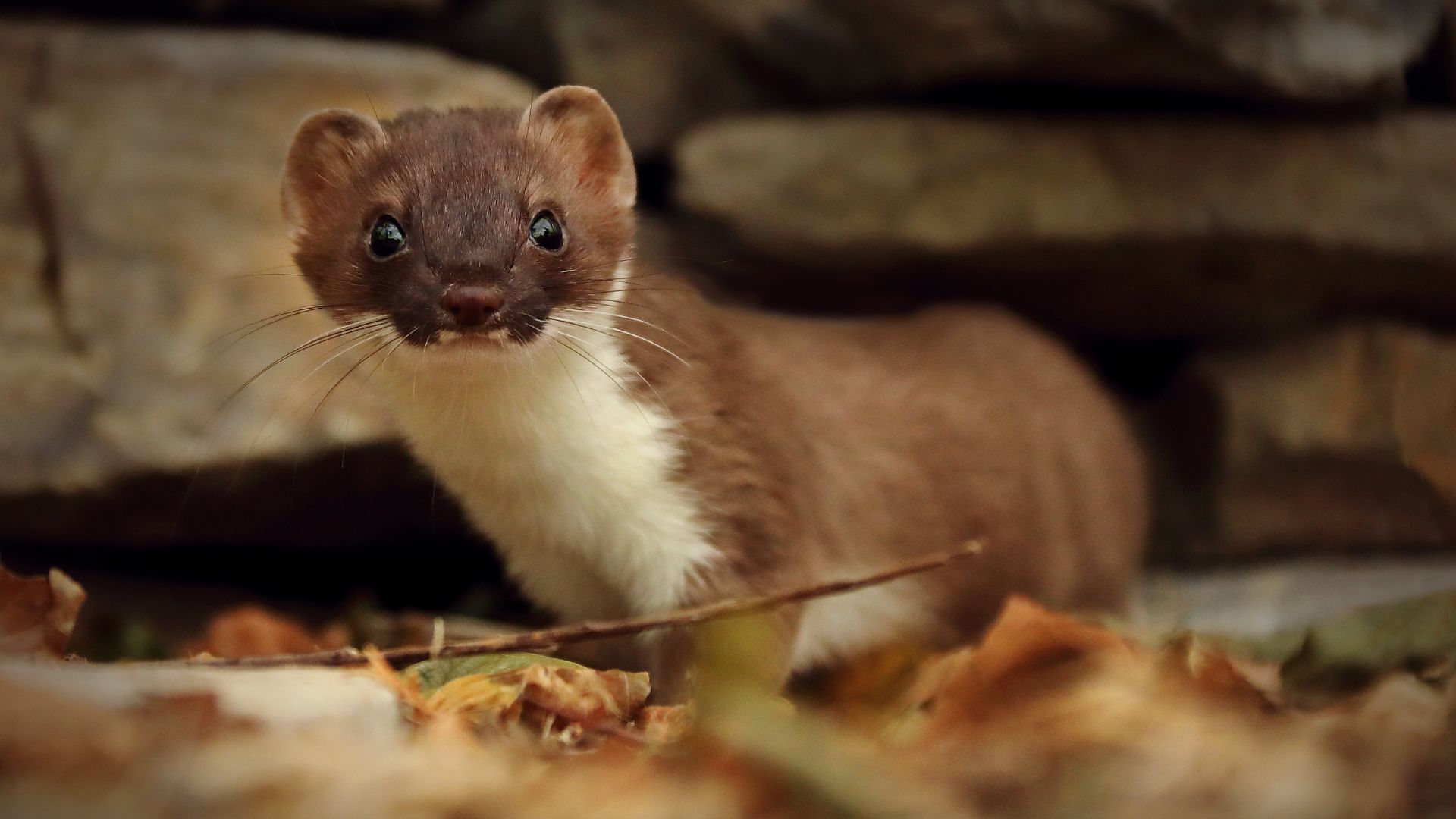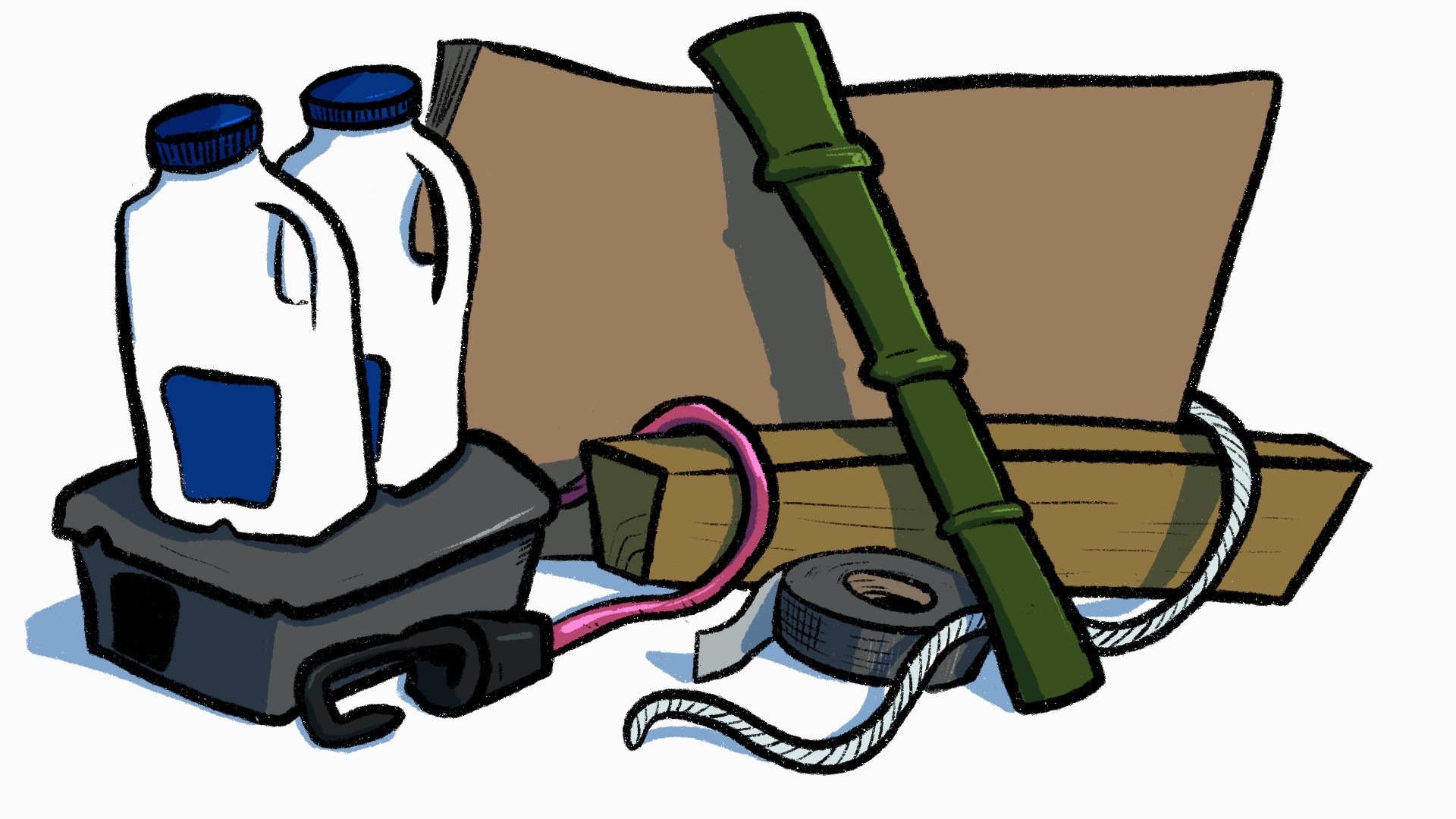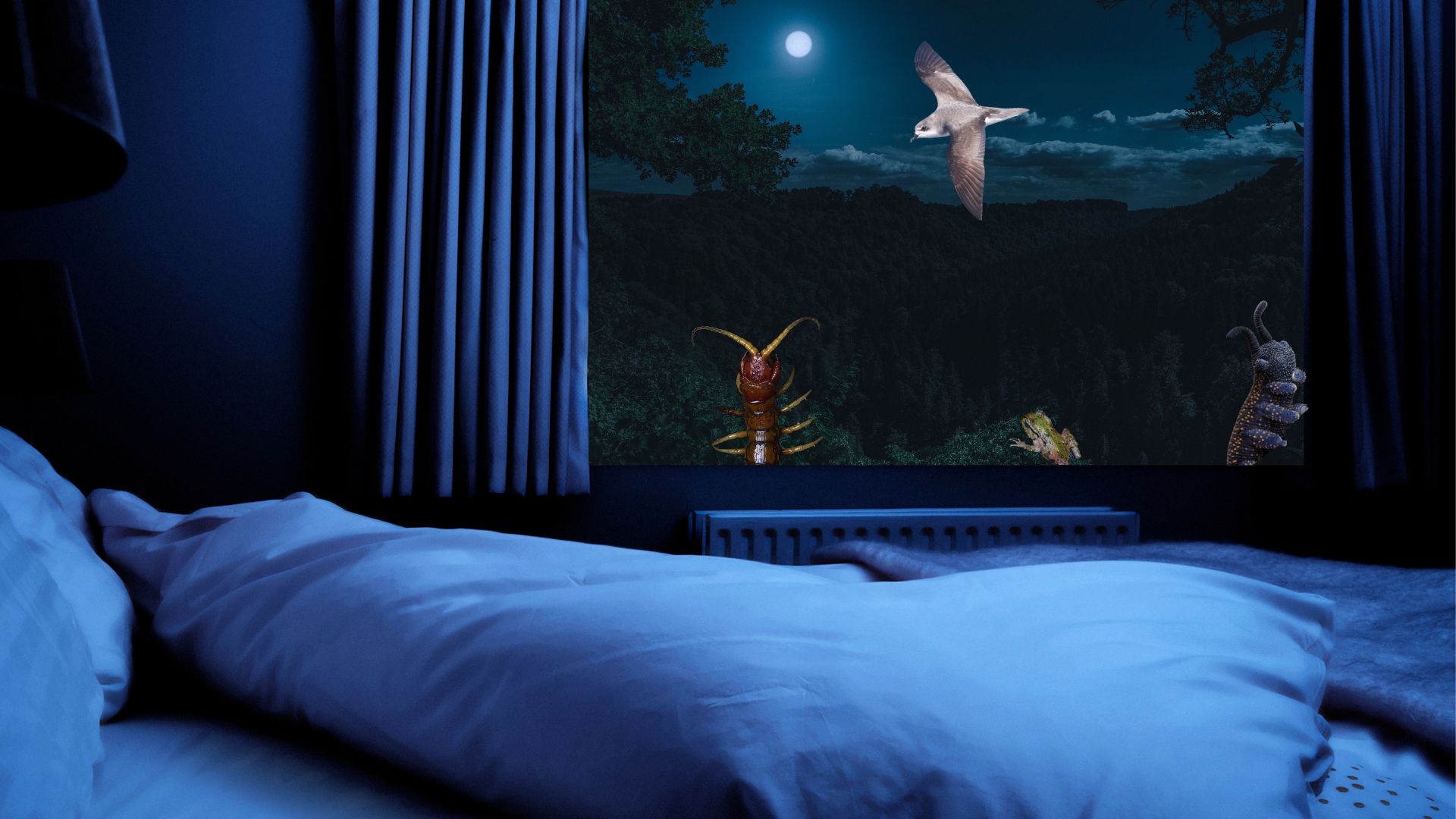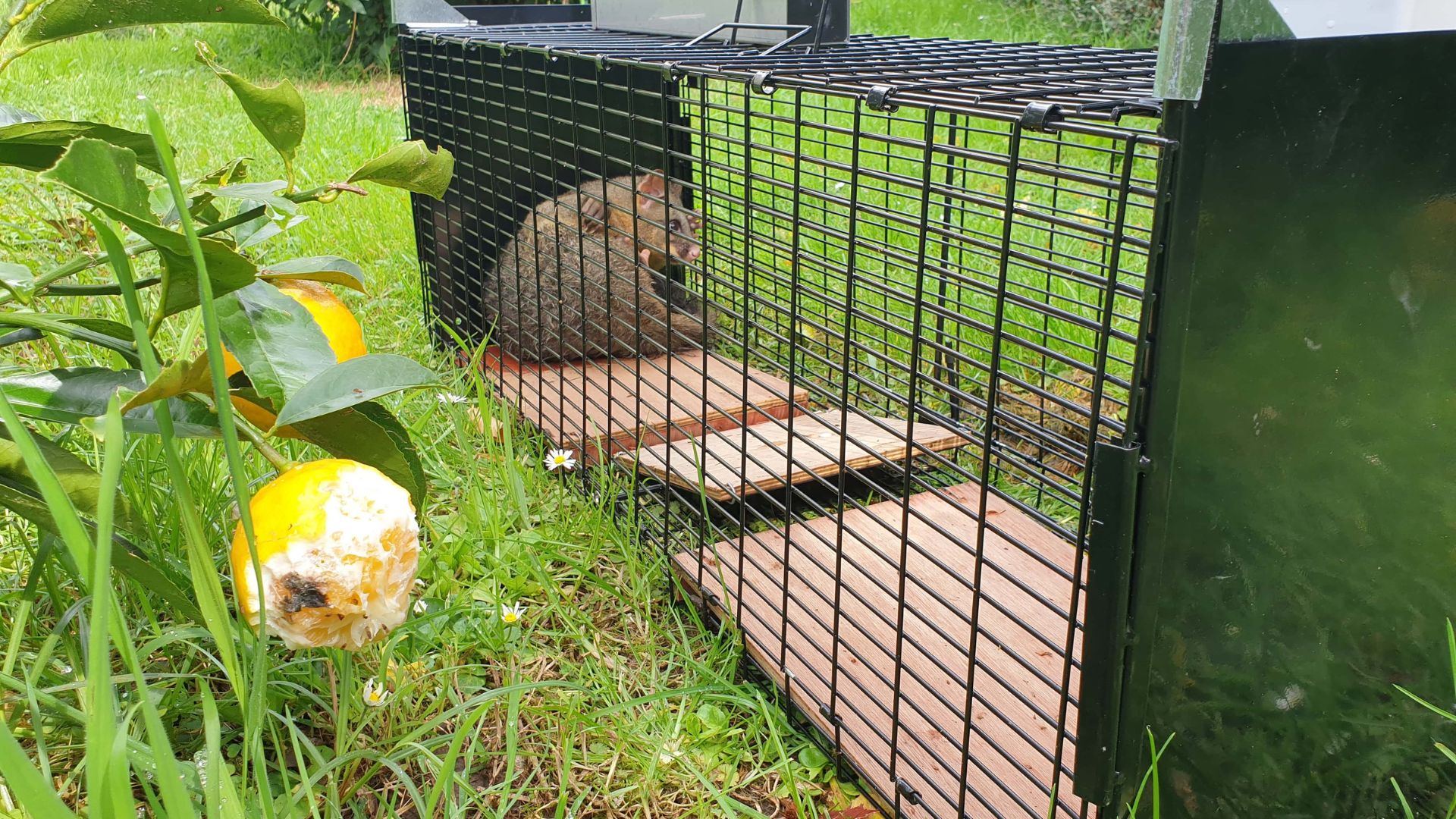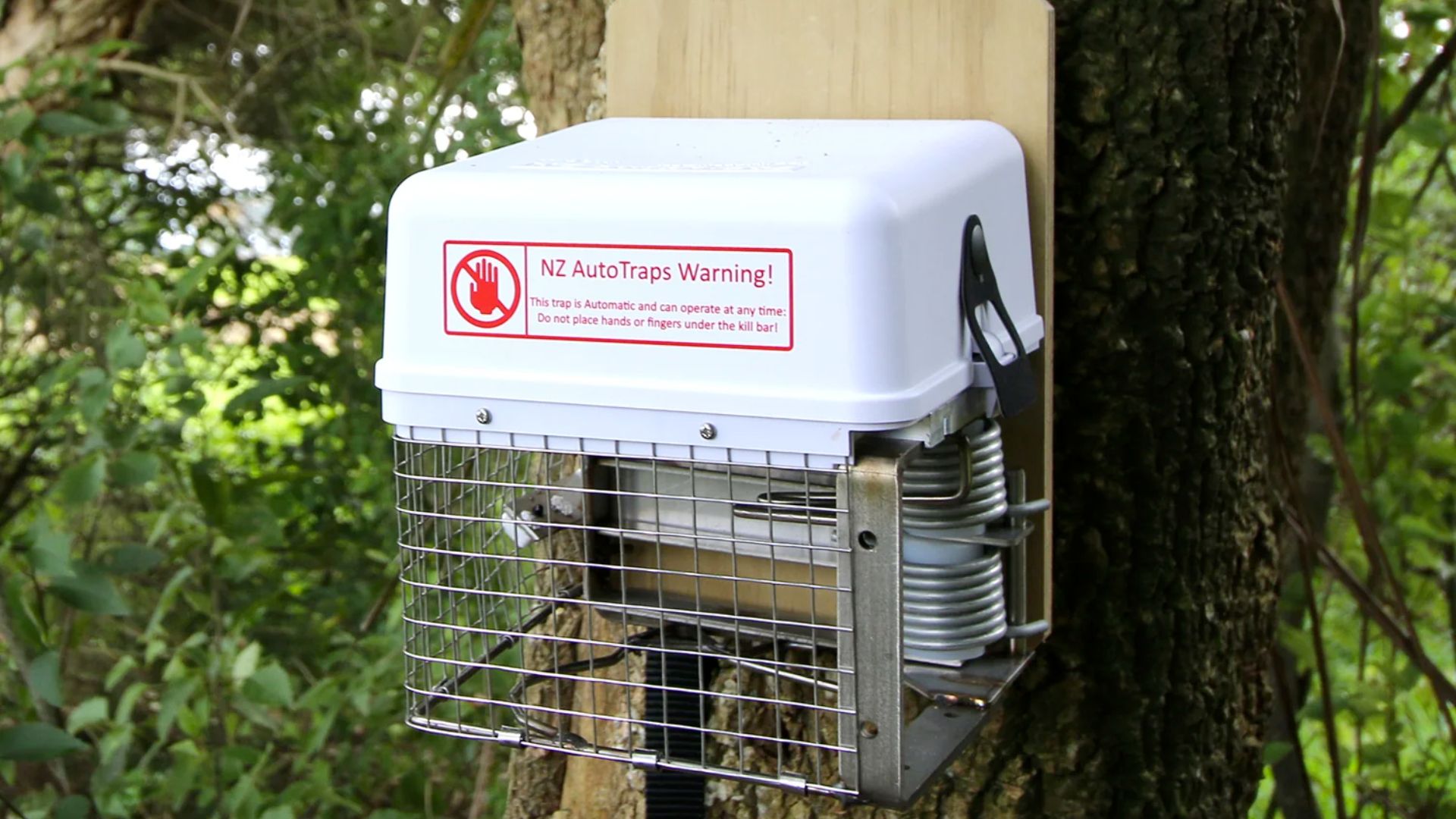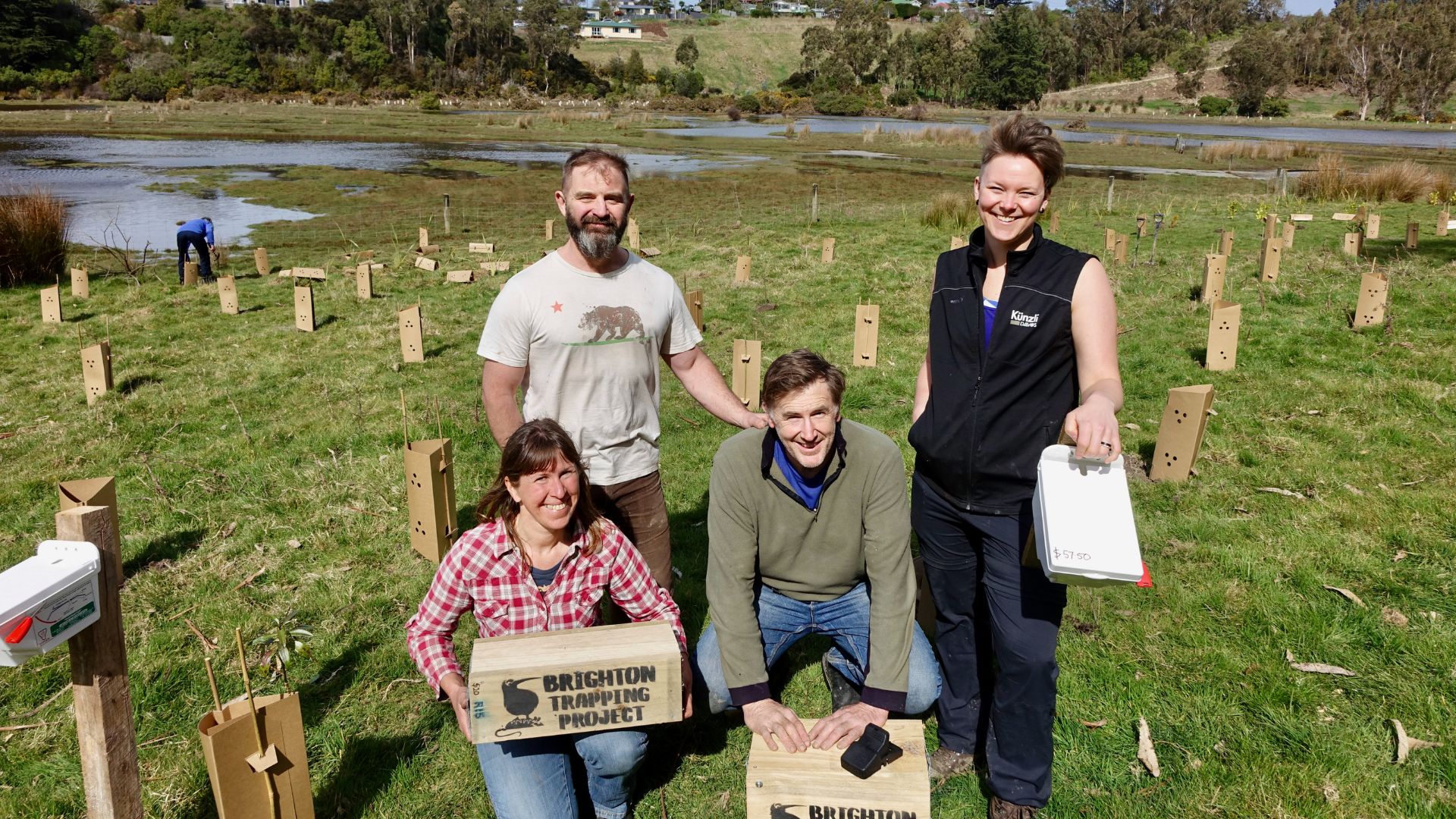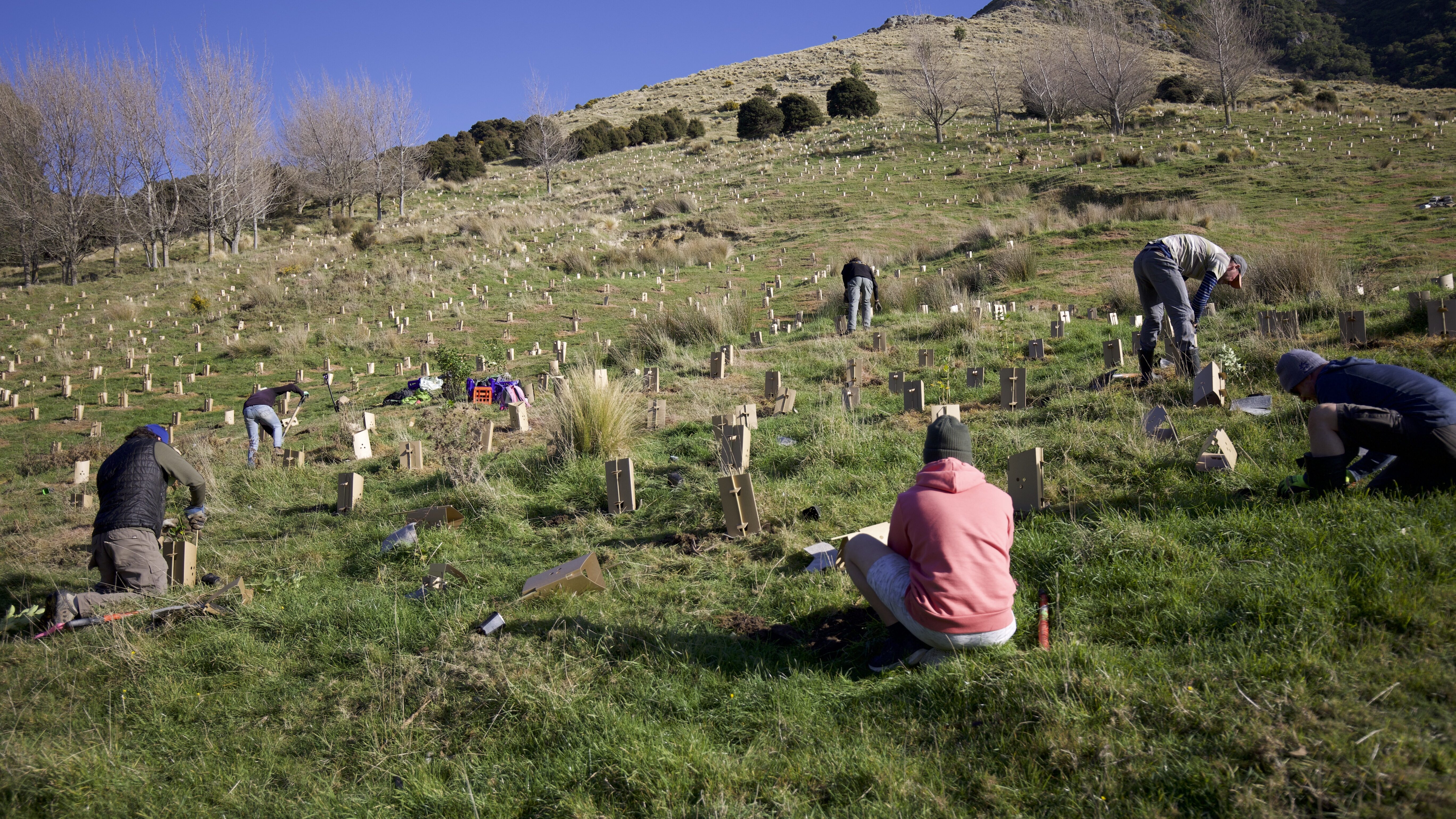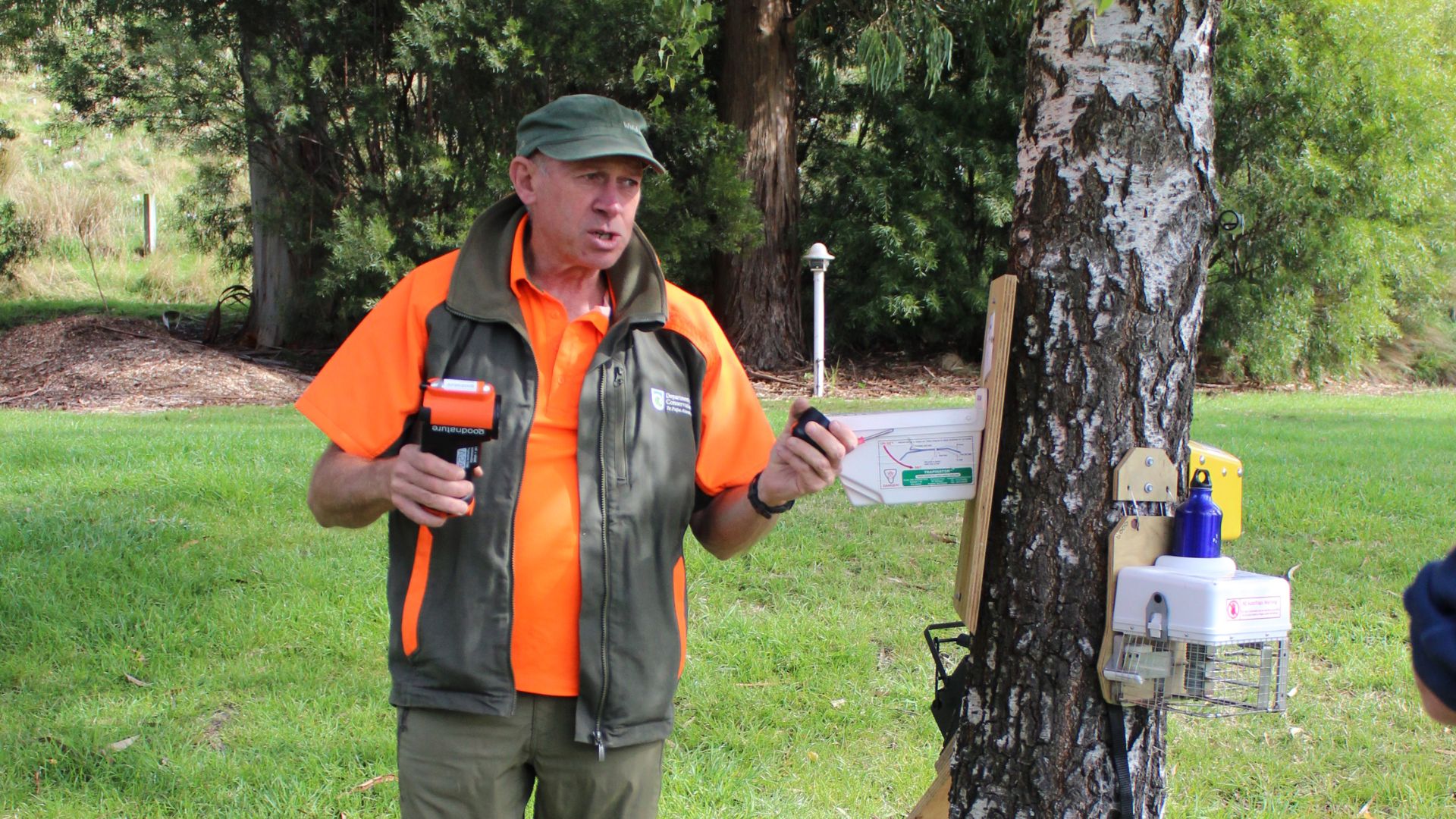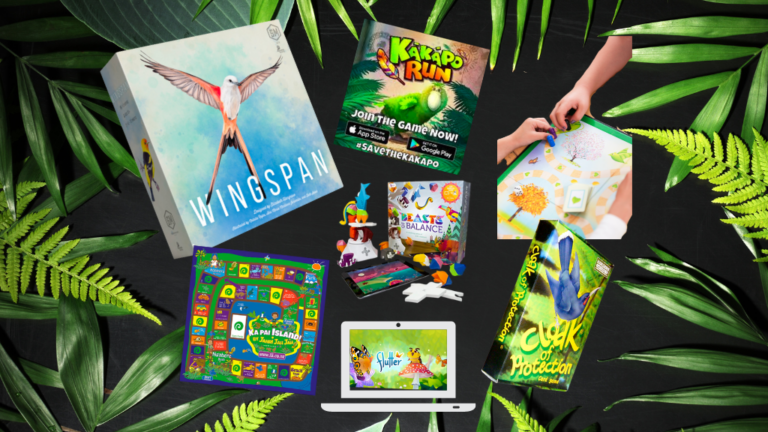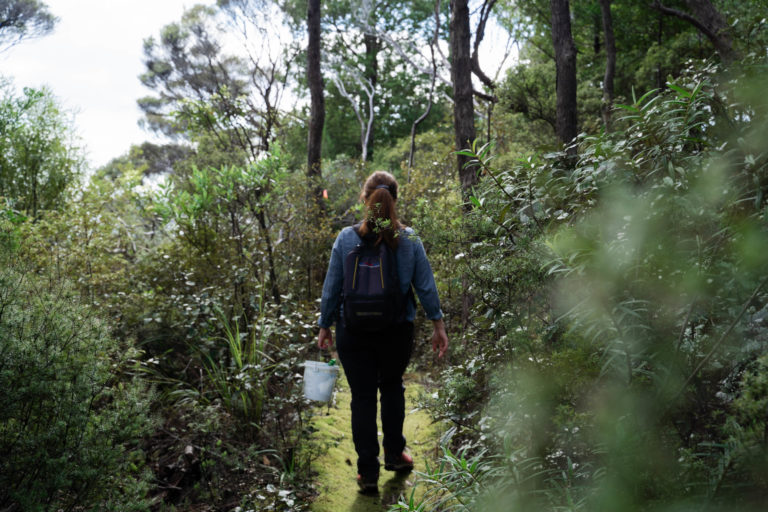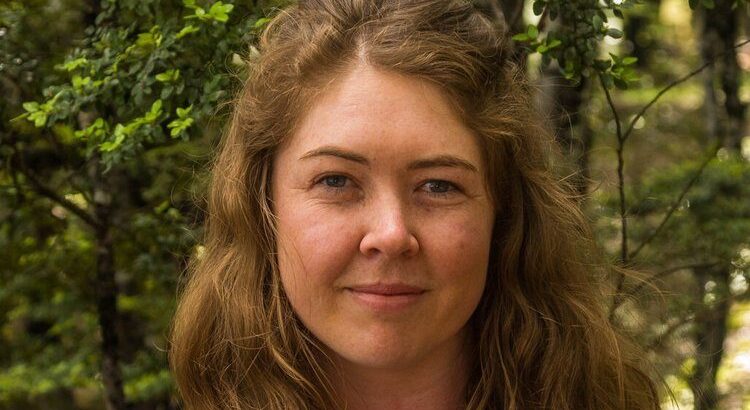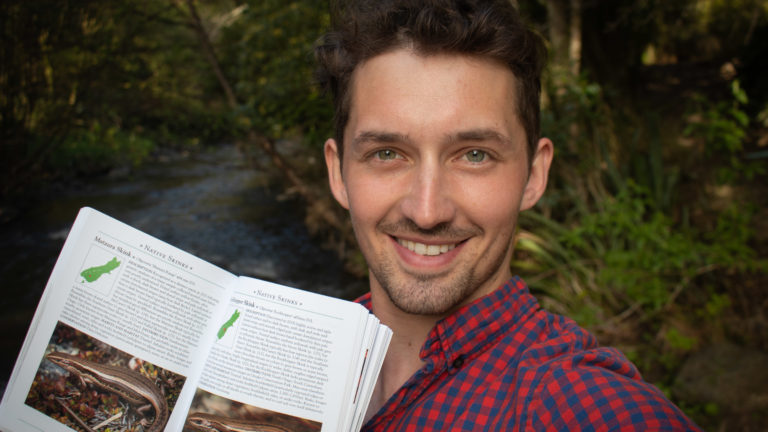Other articles tagged with Researchers and innovators
Taking flight: saving nature from the sky
Founded in true number 8 wire fashion, Envico Technologies began in an Auckland garage. And its drones are taking on the world.
Stoat personalities: unravelling the mystery of trap-evasion
Why do some stoats get caught in a trap, but others walk on by? Researchers have been diving deep into animal behaviour in an attempt to find out.
Number 8 wire: 5 low-tech predator control innovations
Move over MacGyver. Homegrown Kiwi innovation is doing so much for predator control, and it’s not just the big players with fancy products.
Poison claws and slime assault: 7 nocturnal creatures to delight in this forested estate
When the sun goes down, a whole new world wakes up in the native forest subdivision of Mahakirau.
Yesterday, today and tomorrow: brilliant, badass women of conservation
We shine a spotlight on some of the spectacular women who shaped – and continue to shape – conservation in Aotearoa New Zealand.
Smarter not harder: the trap that adds clever to conservation
Traditional pest-trapping methods weren’t working. Predator Free Franklin spearheaded the creation of Tāwhiti Smart Cage.
Trap tech: how the AT220 is innovating pest tech
Trappers are all too familiar with the time-intensive task of checking traps and replacing bait. But thanks to fully automated traps like the AT220, this is changing.
Chillest vibes: conservation group members are rich (in social capital)
Research reveals participating in conservation community groups doesn't just give back to nature; it gives back to you and your community.
How to make sure your native plants take root
Winter is ideal for planting native plants. But young, fresh seedlings are like lollies for rabbits and possums. So, what can you do to protect your plants?
Attention: predator free ranger on the loose
Tim Exton spends his days connecting with local staff and community as the Department of Conservation’s (DOC) predator free ranger.
Move aside Fortnite: can games teach us to care for native species?
Games aren’t just entertainment - it turns out the right ones can also teach us about conservation and looking after nature.
5 insights from women in conservation
The gender gap in conservation is no secret — fewer than 30 percent of the world’s researchers are women. We spoke to five women in conservation.
Who invented DOC traps?
How did an oil painter, bird-lover, and rock drummer come to invent one of the most well-known and widely used humane kill traps in Aotearoa New Zealand?
A day in the life of a predator ecologist
Traversing rugged rocky slopes or in the research lab analysing data, no day is the same for Maggie Nichols, a predator ecologist.
The reptile files: your guide to identifying reptiles and amphibians in Aotearoa
The search for native reptiles is a bit like a Hollywood drama. There’s adventure, suspense and sometimes the main character gets what they’re after.

